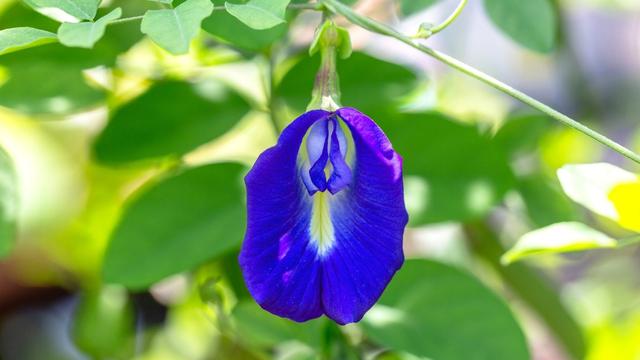One more about #DyePlants...
21 Garden Plants to Use as Natural Dyes
You’ve heard of vegetable and cut flower gardens, but what about dye gardens? Dying yarn and fabrics with plant-based dyes allows you to create beautiful hues and develop a new appreciation for plants. If you’re not sure where to get started, join Briana Yablonski to learn 21 plants you can use as natural dyes.
Written by Briana Yablonski Horticulture review by Sarah Jay Last updated: May 1, 2024
"very so often, a new question strikes me. A few years ago, I found myself wondering how people transformed neutral-colored wool, cotton, and silk into shades of pink, blue, and yellow. I knew I could find synthetic dyes in tie-dye kits and commercial clothing factories, but I wondered how people colored their clothing, rugs, and linens before these products existed. Amazingly, many natural plant dyes can be grown right in our home gardens!
While not all natural dyes come from plants, there are more than a handful of flowers, leaves, and fruit that offer beautiful colors. Since dyeing is a chemical process strongly affected by pH, adding materials like soda and citric acid allows you to use one dye source to create multiple colors.
You’re welcome to experiment with natural plant dyes of any species, but some plants are known to produce particularly vibrant colors. Try dyeing with a few of the following plants to see the range of colors the botanical world offers."
Learn more:
https://www.epicgardening.com/natural-plant-dyes/
#SolarPunkSunday #DIY #FiberArts
#NaturalDyes #Dyes #PlantDyes #Amaranth #BachelorsButtons #BlackWalnut #ButterflyPea #Calendula #Canaigre #Cosmos #Goldenrod #Madder

21 Garden Plants to Use as Natural Dyes
You’ve heard of vegetable and cut flower gardens, but what about dye gardens? Dying yarn and fabrics with plant-based dyes allows you to create beautiful hues and develop a new appreciation for plants. If you’re not sure where to get started, join Briana Yablonski to learn 21 plants you can use as natural dyes.
 ORICON NEWS トップ
ORICON NEWS トップ